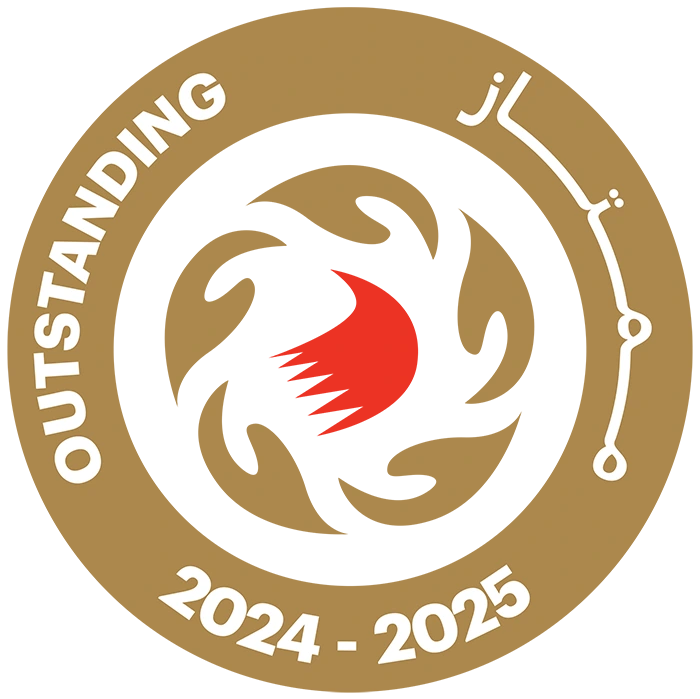Business Continuity and Crises Management
Introduction
The capability to manage emergencies, understand BCM and manage crises should not be underestimated, and seen as something that can simply be developed
as and when required. These disciplines require a systematic approach as part of a wider organisational resilience programme. Organisations need to protect their
people, the environment, assets and their reputation.
This course offers training in the fundamentals of the emergency response planning process, including the rationale behind contingency planning. It will develop your
capability for effective participation in the all-hazard emergency operations planning process to save lives and protect property threatened by disaster.
This course is based on the various international Emergency Management, BCM and Crisis Management (CM) standards and best practice including ISO 22301:2019,
BS 11200:2014, PD 17091;2018, and the Business Continuity Institute (BCI) Good Practice Guidelines 2018. It will provide delegates with awareness and understanding
that will support any Emergency, Crisis Management or Preparedness response or invocation within their own organisations
Learning Objectives
The course aims to provide delegates with the knowledge and skills necessary to be able to create and implement emergency and crisis management systems and to
build resilient crisis management teams. The course is designed to provide delegates with knowledge, understanding and experience of dealing with a diverse range
of emergencies and crises.
The Key learning points are as follow:
բ Understand the nature and origins of risk, emergency, incident, business continuity, crisis, IT disaster recovery and resilience
բ Appreciate the Emergency Response Team (ERT) & CMT roles & responsibilities during crises and their linkage with different teams in the organisational response
framework
բ Identify and tackle challenging CMT dynamics and provide appropriate strategies
բ Comparing different crisis decision making styles and approaches
բ Recognise crisis leadership characteristics – select the best leader in a crisis
բ Apply best practice when communicating in a crisis
բ Understand the importance of media and social media monitoring and opportunities during a crisis
բ Recognise the importance of effective internal and external crisis communications
բ Select and appoint the media spokesperson
Course Outline
Definitions and Basics
բ What is an incident, emergency, crisis, disaster, business continuity, resilience?
բ Why Emergency and Crisis Management?
բ What are the risks for your organisation?
բ Why is it more than just an issue?
բ When does an incident become a crisis?
բ Exercise: Define risks, incidents and crises that could happen to your organisation.
Business Continuity Management
բ The role of BCM in organisations
բ BCM standards and specifications
բ The BCM life cycle
բ Business Impact Analysis (BIA)
բ BCM policy
Exercise: Define your organisation’s most critical functions.
բ Incident Management (IM)
բ Structure of incident response
բ The role of the Incident Manager and Incident Team
բ Business Continuity Management in an IM context
բ Response structures
բ Managing an incident/ crisis/ emergency
Exercise: Group discussion: Who should be in the IM Team in an organisation and who will be responsible for what task?
բ Designing and Implementing the Emergency Response Plan
բ Escalation and immediate response
բ Assessment and considerations
բ Pre-preparation and opportunities
բ Implementation
բ Debrief
Exercise: Describe an incident/ crisis and assess what exactly happens and the current status.
Table Top Exercise
The facilitator will use a generic rolling emergency and crisis simulation exercise scenario covering the following:
բ Initiation of critical decision making during an Emergency/ Crisis
բ Continuity of critical services from alternate site (assuming BCM plan)
բ Consider medical emergency & corresponding Insurance aspects
բ Assembly Point missing employee
բ Deceased employee – family in home country, probe HR policies
բ Call from Head Office wanting to know “What is happening, please let your CEO revert in next 30 Minutes” (legal/ regulatory compliance and Media Spokesperson
capability)
Objectives and Benefits of the Table Top Exercise
The aim of this table top exercise will be to test your ER and Crisis Management Teams decision making processes, BCM invocation and continued delivery of critical
business functions. It further aims to:
բ Familiarise new ER Managers and current CMT members with internal corporate and the local/ regional organisational crisis and BCM arrangements, business
continuity facilities and raise awareness in the organisation
բ Provide a safe learning environment for Managers to consider their responses, identify options and key decision trigger points bases on a variety of injects as listed in
the overview above
բ Ensure that Managers are familiar with their CMT roles and responsibilities
բ Identify areas of development for existing CMT arrangements
Training Methodology
This instructor-led training is delivered using presentations, guided sessions of practical exercises, and group work.
You can interact with our experienced facilitator, who will bring professional and research expertise into their teaching.
Assessment
Classroom assessment and end test.
Certification
Successful candidates will be awarded a certificate of Training from ASSP-MEC, Credit CEU 2.4
Entry Requirements
The candidate should have a good Command of the English Language.
